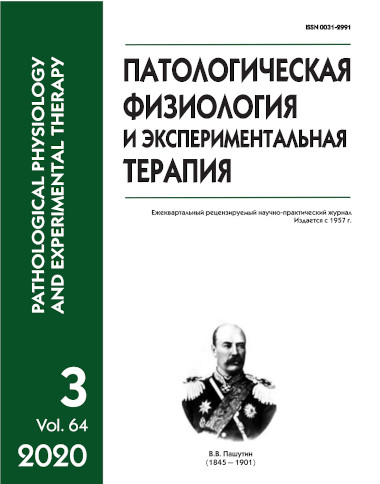Molecular and cellular mechanisms of glioblastoma resistance to vascular endothelial growth factor inhibitors
Abstract
This state-of-the-art review focuses on molecular and cellular factors associated with glioblastoma resistance to antiangiogenic drugs. Angiogenesis is an important pathophysiological mechanism for the growth and progression of glioblastoma facilitated by active development of microvasculature. The accelerated development of the microvascular network in glioblastoma occurs due to the synthesis of a large number of vascular endothelial growth factor (VEGF) by tumor cells Among the major molecular and cellular factors, glioblastoma drug resistance to anti-VEGF agents is commonly attributed to VEGF-independent pathways of angiogenesis, bone marrow cell and pericyte activity as well as to vascular co-option, perivascular invasion, and the phenomenon of autophagy. The authors provided current data on the rational and most effective use of anti-VEGF drugs for patients with highgrade gliomas. Relevant unsolved problems associated with drug resistance of glioblastoma to anti-VEGF drugs were highlighted.






